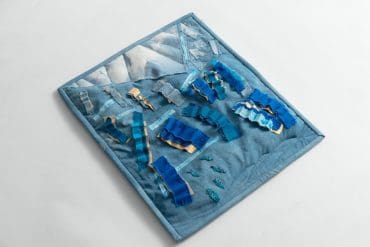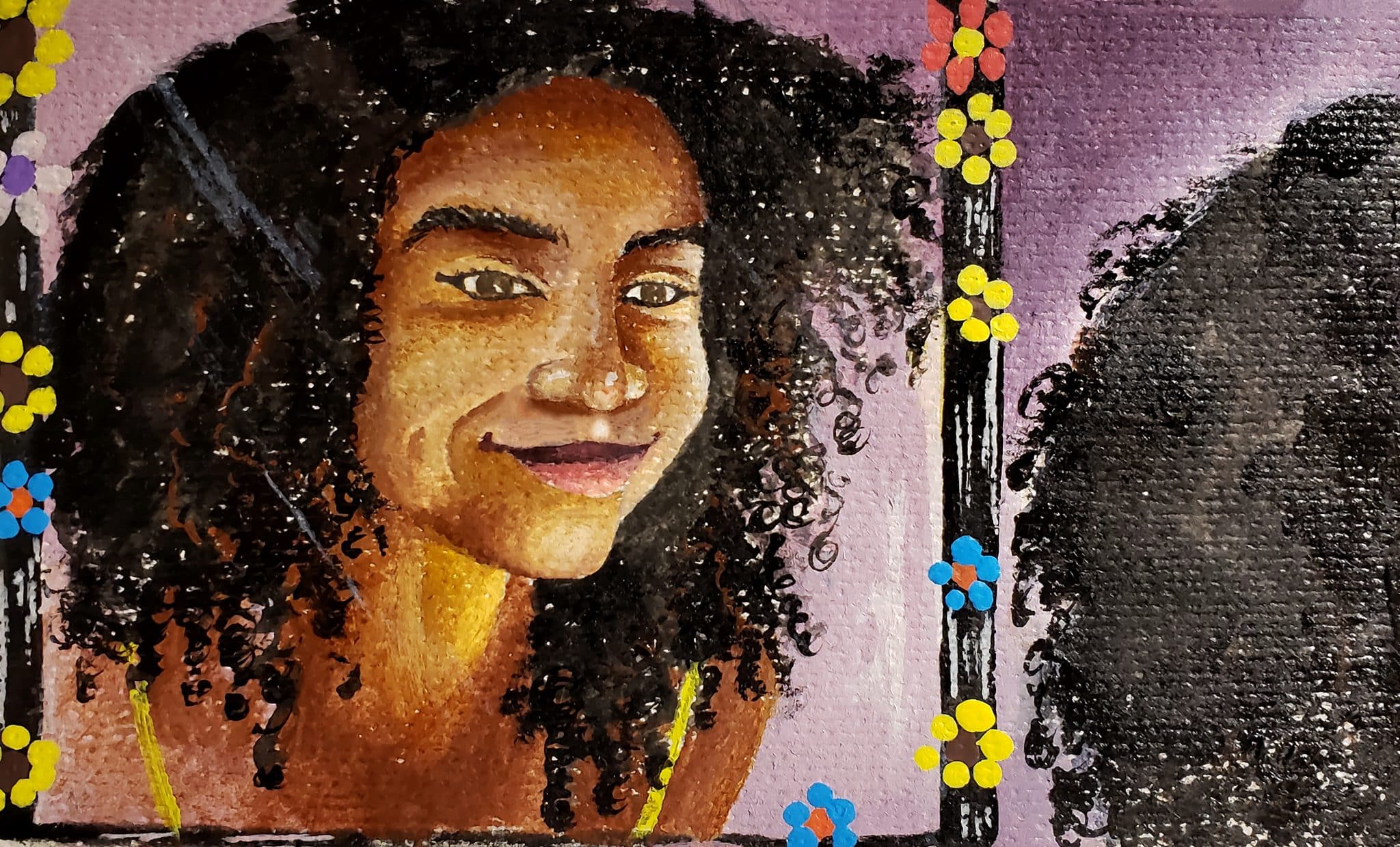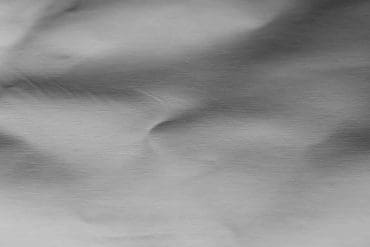What if autoethnography were treated not as an academic subject but as an artistic one?
I often get disheartened that when faced with the daunting task of publishing their work, many autoethnographers feel sheepish. “What if it’s just too out there to publish in academia?” I often hear. “What if I don’t have enough theory or sources to make my point?” others ask. “I’d prefer to share it with a literary journal,” some conclude.
I reflect on my own introduction to autoethnography in 2006 when the practice was still establishing itself, and think of all the resources, examples, and support available now; what an evolution! More importantly, autoethnographers have their own professional body and academic journal that boldly showcase the creative alongside the theoretical. Yet still, in 2021, 15 years after my own introduction and despite this progress, I still worry about all of the creativity that gets expressed but then cut for the sake of the final product or article, or worse, never gets seen at all. Excerpts get presented, but how about the full poem? A few images are shown, but where are the others that were excluded? And what about our dancers? Animators? Body paint warriors? And the students who craft masterly autoethnographic odysseys but assume their novice status precludes publication?
This led me to considering, “What if autoethnography were treated not as an academic subject but as a creative one? How would presenting the process and product of cultural research as literary and artistic impact the emotional and cognitive experience of sharing/consuming one’s work, risking rejection or disapproval, finding an audience, empowering creative voices? More importantly, how would emphasizing the cultural made personal craft a framework for a literary and artistic journal?”
So here’s to the autoethnographers in search of a different audience, at home in a different environment, and wanting to emphasize a different aspect of their work. Here’s to the intrepid magicians who spin color, text, sound, and story into evocative, engaging expressions. Here’s to re-casting autoethnography as a fully creative practice.
I welcome you to The AutoEthngorapher, an open-source, peer-reviewed, digital literary and arts magazine. Our independent editorial team of artists, writers, performers, and scholars invites unpublished, unsolicited, evocative stories – sometimes textual, audio, visual, or multimodal – crafted in conjunction with autoethnography that celebrate the intersection of personal expression and cultural inquiry. We also invite reflections on performing autoethnography, interviews with or among autoethnographers, and news/resources.
Please see Autoethnography: An Overview for an introduction to autoethnography. Please see our About page for more information about The AutoEthnographer. Please see our Submissions page for more information about publishing at The AutoEthnographer. Please see our Work with Us page to learn about volunteering at The AutoEthnographer. View Our Team to learn about our editorial board. Visit our Community to interact with others.
Marlen Elliot Harrison
Editor-in-Chief
July 1, 2021
Photo by Kristopher Roller on Unsplash









